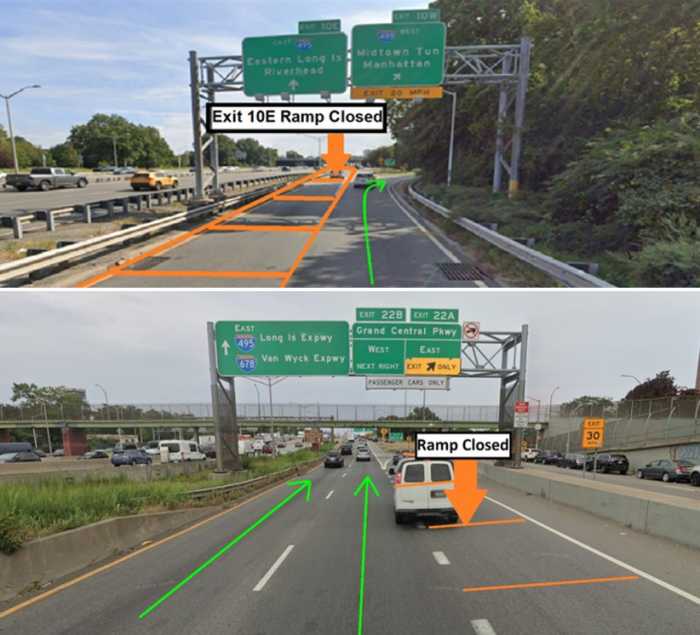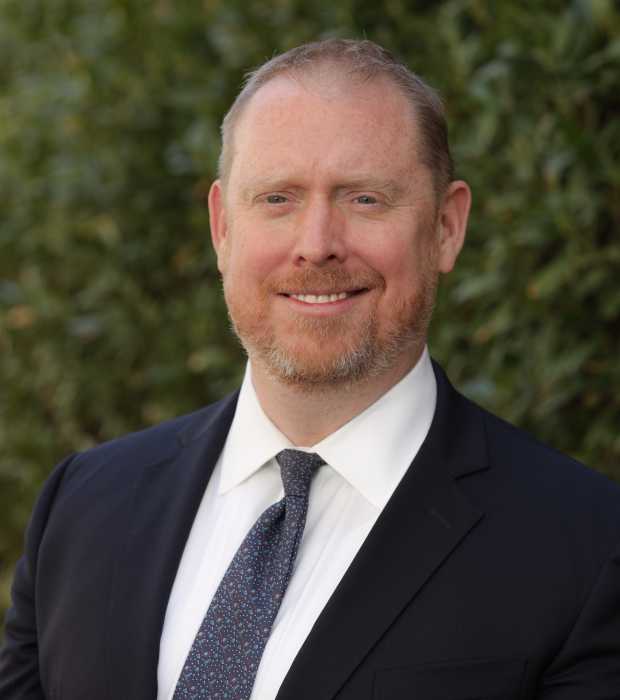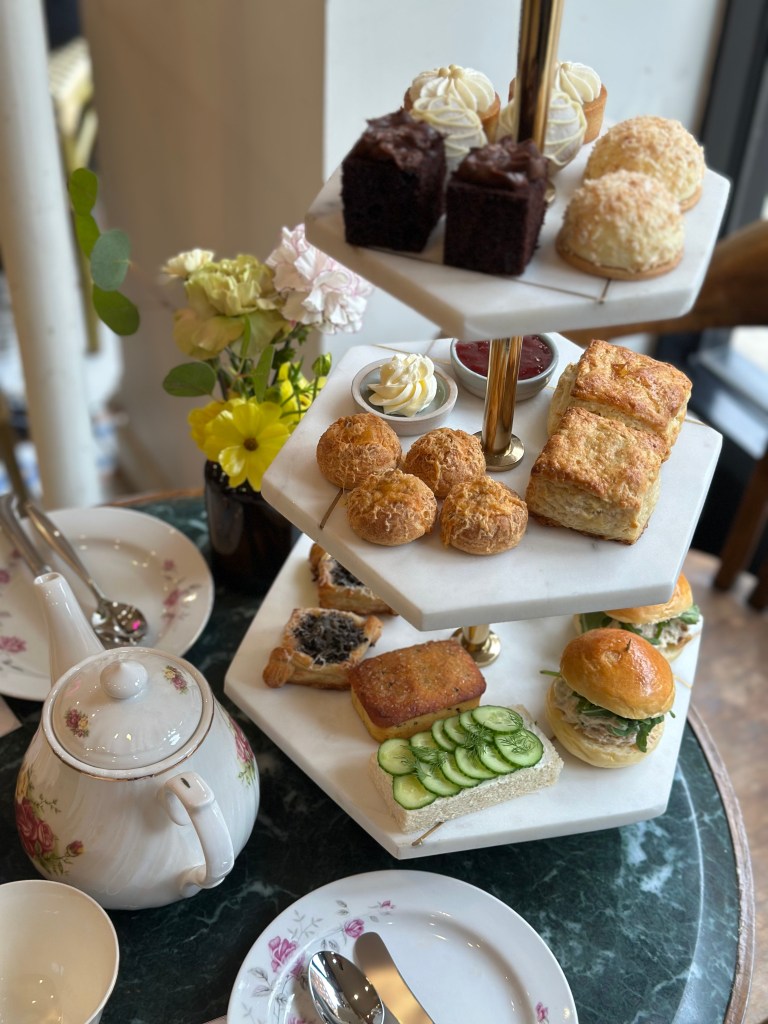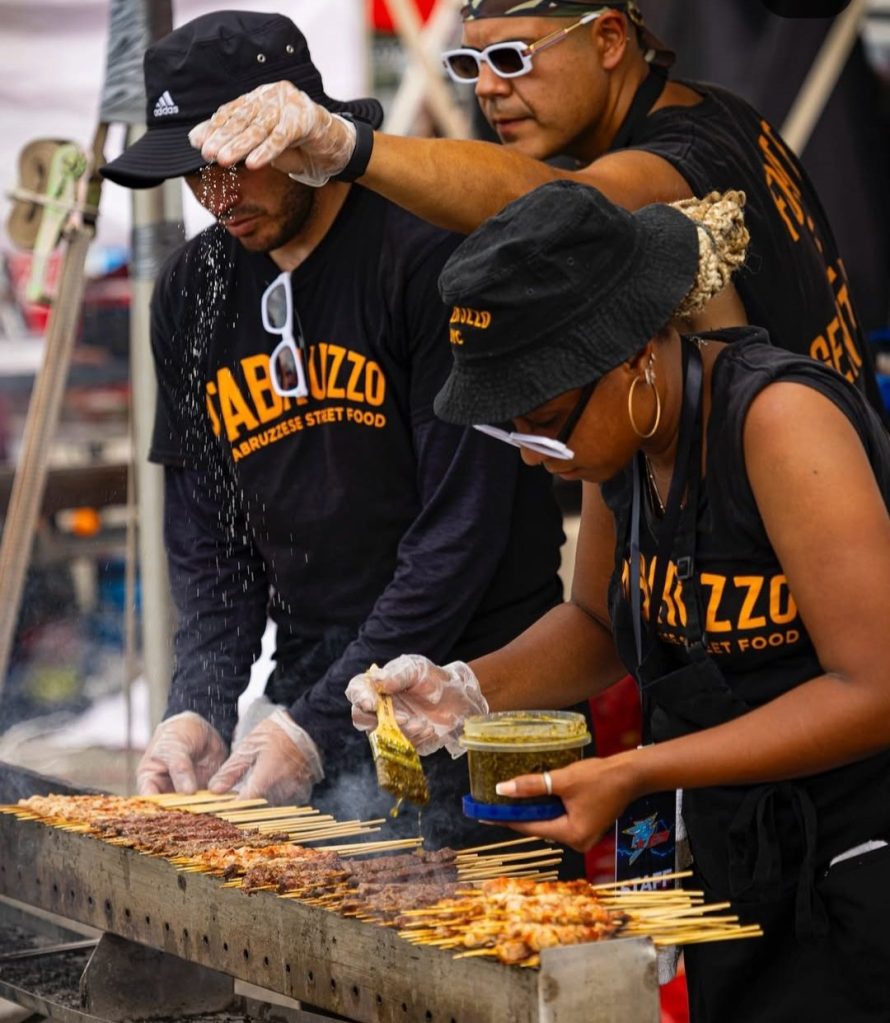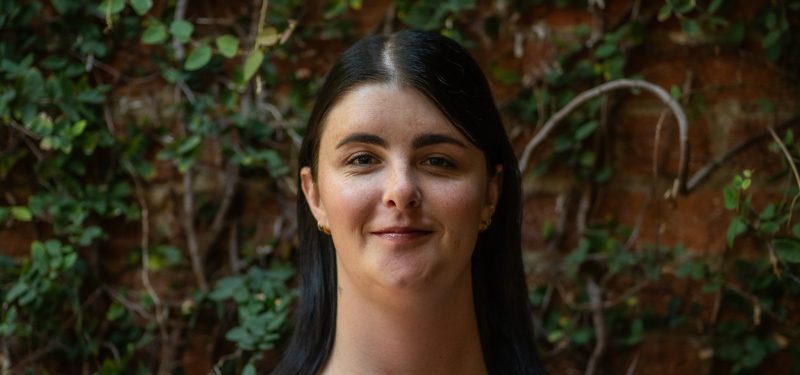By Arlene McKanic
The Queens Historical Society tackled, “Where We Were and Where We Are in Queens and Beyond” at the Flushing Library earlier this Black History Month.
Led by City Councilwoman and borough president aspirant Helen Marshall (D-Elmhurst), the panelists included U.S. Rep. Gregory Meeks (D-St. Albans), Assemblyman Jeffrion Aubry, (D-Corona), City Councilman Archie Spigner (D-St. Albans), Rev. Nicholas Tweed, pastor of Macedonia AME Church, and others. The seminar explored the “triumphs and tragedies, goods and evils, slavery and freedom,” of the black community in the borough, in the words of Society publicity of the event.
In the 1940s and throughout the '60s, said Marshall, upwardly mobile blacks moved to Queens from the Bronx, Harlem and Brooklyn. Soldiers who had put their lives on the line during World war II in a segregated army weren't content to come back to America and eat more Jim Crow, and they benefited from the G.I. Bill and civil service jobs that helped them buy houses and send their children to college. A large black middle class was beginning to form.
Queens became a special magnet for artists and especially jazz musicians, including Louis Armstrong, whose example probably inspired Dizzy Gillespie, Ella Fitzgerald and Harry Belafonte to move to the borough. Nearly all of the panelists told stories of how they came to live in the borough, (and as politicians, they couldn't help but put in little plugs for causes, be it education, term limits, or fighting HIV/AIDS.)
Aubry's parents, like many African Americans, came from the South – New Orleans in their case – to New York for a fairer deal. But unlike most African Americans at the time, they both had master's degrees, which they weren't able to put to much use in Louisiana.
Actually, when they got to New York, they couldn't use their master's degrees very much, either – at least not for a while. Aubry's father, who had trained as a chemical engineer, became a postal worker, and his mother, who'd trained as a teacher, opened a sewing shop with her friend on Northern Boulevard.
But their family, who first moved into a house in Corona, prospered despite the vagaries of the economy and the white flight that left the commercial district of their neighborhood abandoned while the residential area flourished.
Veronique LeMelle is a third-generation Queens native whose mother's parents came from Jamaica, the island, to Jamaica, the section of Queens. She was one of the first kids to attend the Jamaica Arts Center. “I didn't realize that that group of artists was breaking though a major, major line,” she said. “Artists of color were not allowed to show in mainstream galleries and museums.”
Now the director of a major arts center in the borough, LeMelle never liked museums – and still sort of doesn't – because she didn't “feel at home” in them. She told the audience that even though artists of color now are allowed in mainstream galleries, they need to control the business side of the arts as curators, finance directors and the like.
Reid's parents who were born in North Carolina and came to Harlem. Her father worked at the post office. She said that most important to her constituents is education for their children, as some of them come from countries where education isn't free.
Spigner recalled buying a house with his wife in Hollis in 1957. The house was in a white neighborhood and “it was like somebody blew the whistle: Everybody out of the pool,” Spigner laughed, but the community still thrived. He remembered that there were no elected black officials at that time and only two district leaders to deal with black people in south Queens until Ken Brown became the first black elected to the state Assembly in 1964. In 1969 he was elevated to civil court judge in Queens.
Spigner remembered nominating Brown for years at conventions and facing “strong resistance,” until the sheer number of voters overcame it.
Meeks, a protege of Rev. Floyd Flake as well as Spigner, was born in Harlem. His parents came from South Carolina, and his father was a professional boxer, one of 47 to be knocked out by Rocky Marciano.
“We looked at Queens as if it was our hope for a better life,” Meeks said. A good day trip was a drive to Queens to look at all the houses. But since his father was a bit of a follower of black nationalist Marcus Garvey and his mother believed in the precepts of Dr. Martin Luther King Jr., there was tension in the Meeks household as to whether a move to Queens would be a good idea.
Eventually Mrs. Meeks got her way and the family relocated to Far Rockaway. Within 14 months all the white folks moved out and the black families who replaced them had no representation, Meeks said, a situation that spurred him into law and politics.
Meeks admonished the African-American community to always remember “from whence we came.”
Reach Qguide writer Arlene McKanic by e-mail at timesledgr@aol.com, or call 229-0300, Ext. 139.



